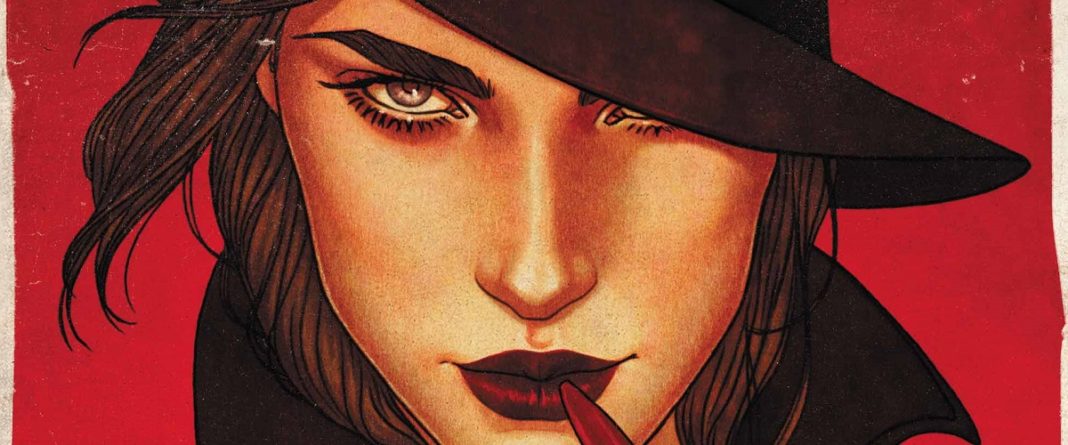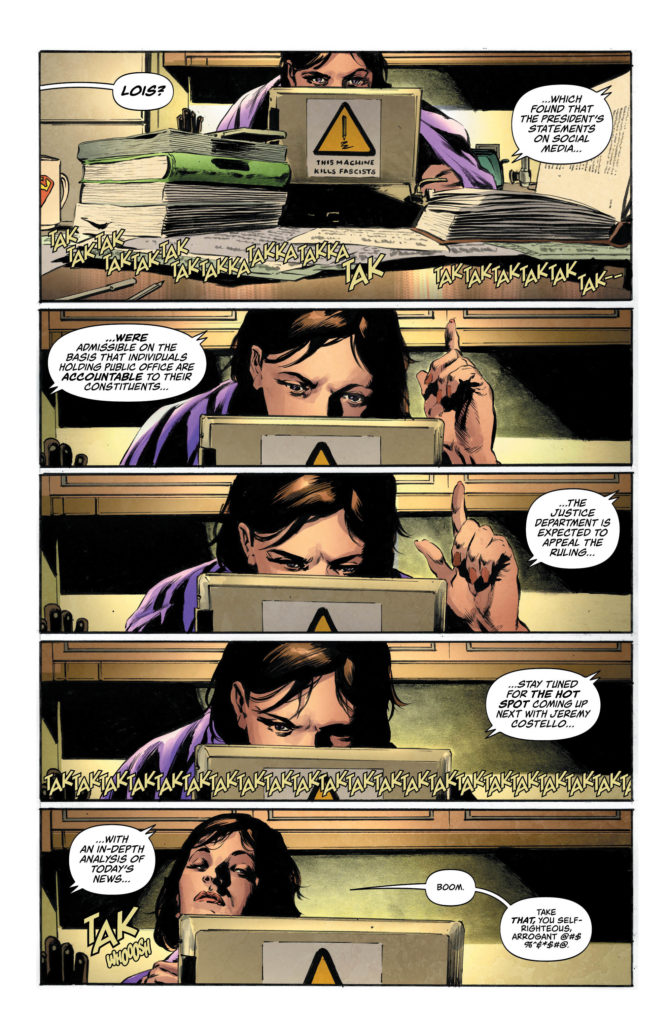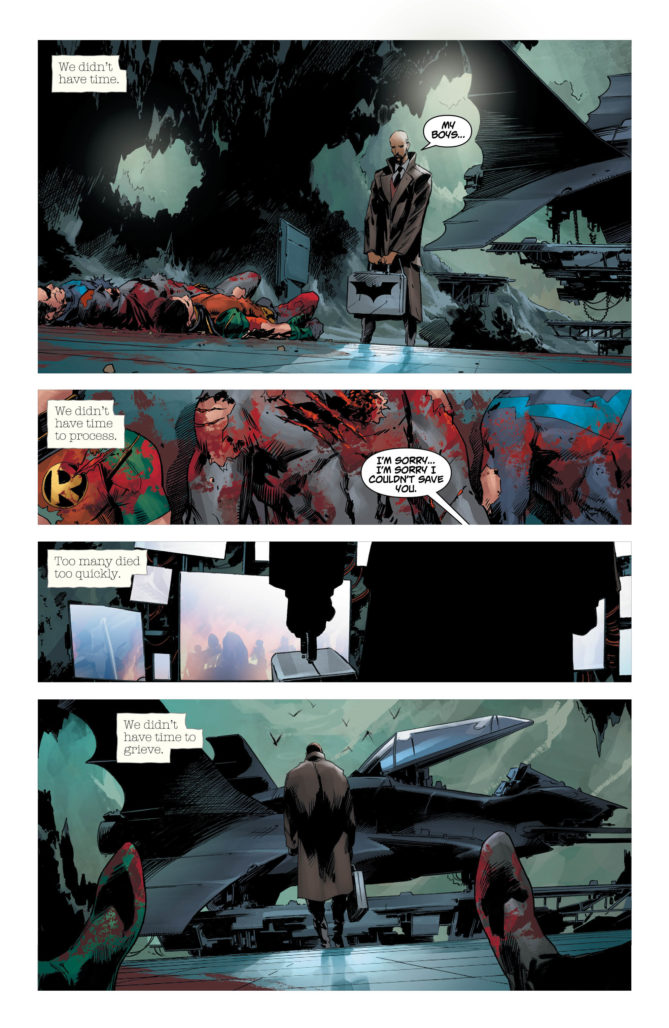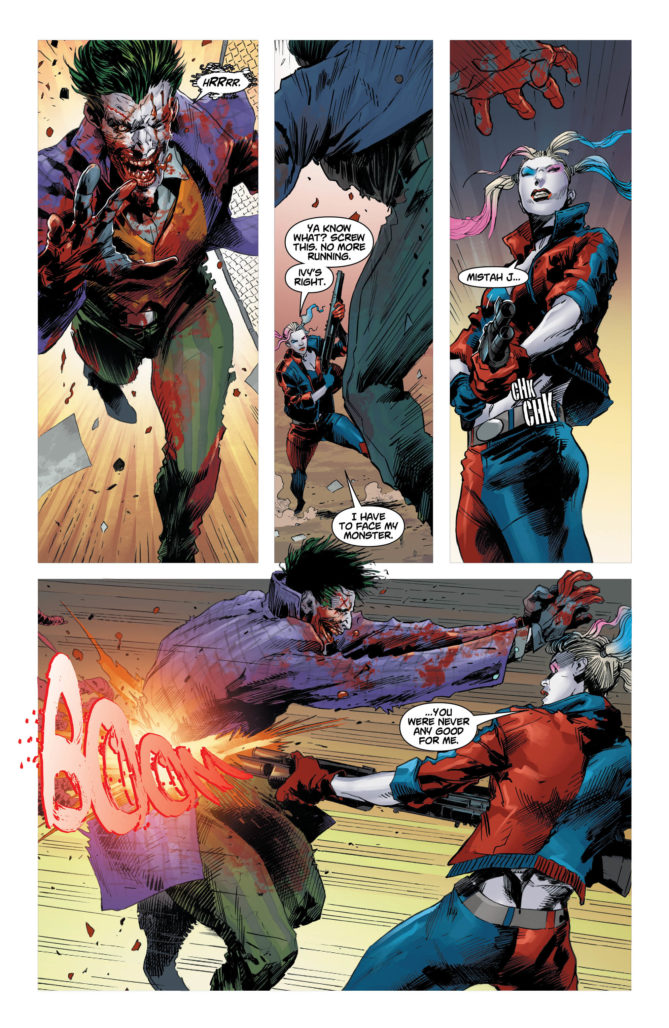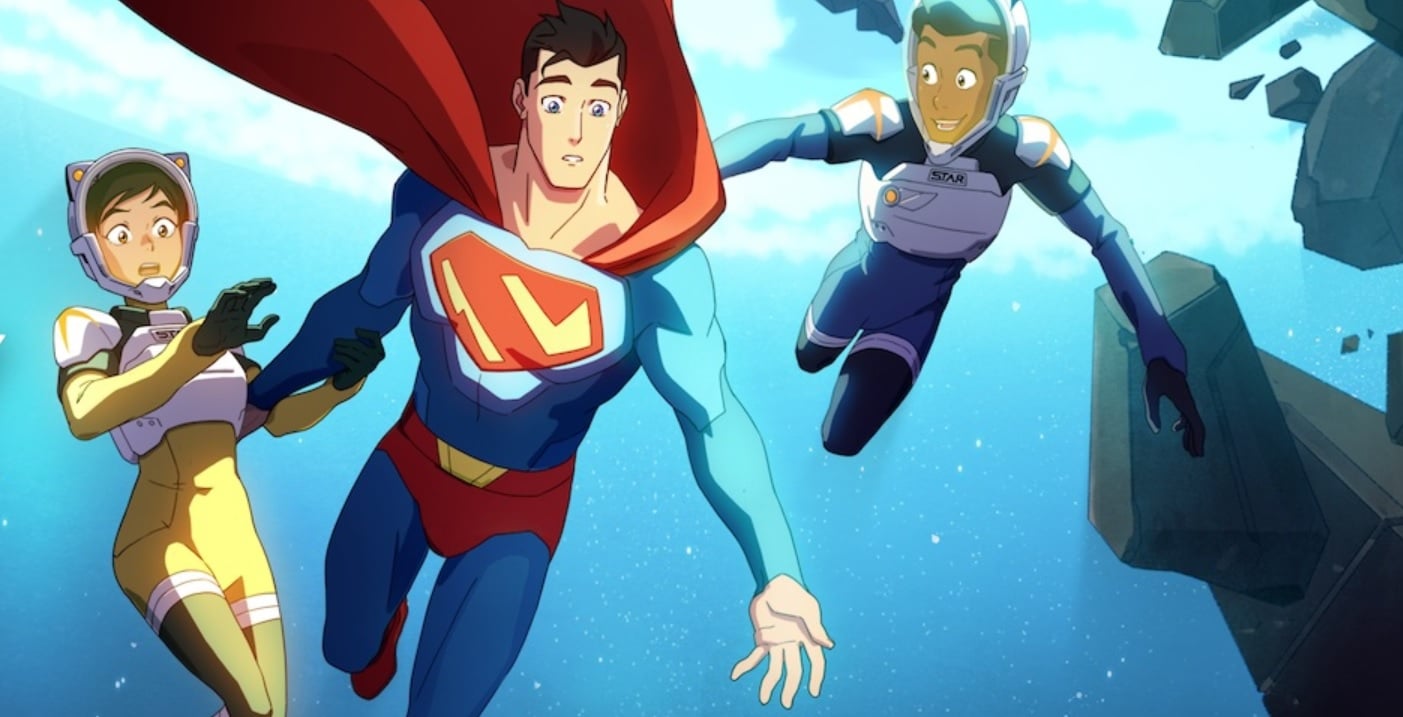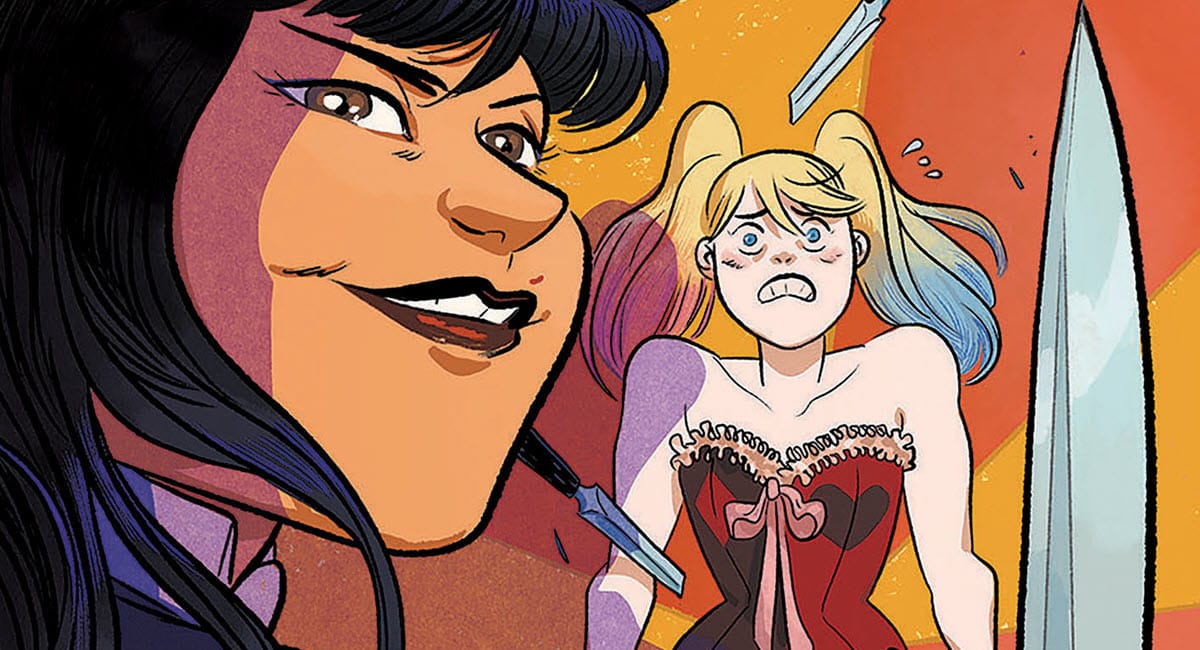This week: Alex takes a summer journey into Lois Lane #1 and DCEASED #3.
DC Comics is trying something new. In the wake of their Rebirth initiative, the publisher has rapidly expanded its content to include diverse new imprints such as Young Animal (redux!), Wildstorm, Jinxworld, Wonder Comics, Black Label, Ink, and Zoom. As their lineup expands, it can be hard to figure out what to pick up each week. That’s what our team is here to help with, every Wednesday, with the DC Round-Up!
Note: the reviews below contain spoilers. If you want a quick, spoiler-free buy/pass recommendation on the comics in question, check out the bottom of the article for our final verdict.
Summer in New York is acrid. It’s the snake-like layer of filmy sweat that stretches across your skin whenever you step outside. It’s the smell of bodies and waste gathering in piles on the streets. It’s a contradictory sense of universal seasonal malaise and a specific geographical collective feeling of agitation. Collectively, these sensations come together to form a space in our minds. They’re a tableau through which, with no plot at all, we find a story– something we can impress ourselves onto– our hopes, fears, expectations, and everything else that makes us who we are.
One of the cardinal rules of writing is to write to your audience. We see that in the slate that DC Comics puts together every year. It’s a skill that Greg Rucka has mastered across multiple publishers and it’s why Tom Taylor has staked out a regular space to put DC heroes through apocalypse after apocalypse. Books like this week’s Lois Lane #1 and DCeased #3 feel more like they’re speaking to their respective audiences than for their creative teams, but it’s fair to say that the best stories always do a little bit of both.
In Lois Lane #1 we see Greg Rucka and Mike Perkins attempt to connect with an audience by weaving threads of real-world geopolitik into this heightened fictional landscape. Despite being married to Superman and spending time with Clark during this issue, we never see a hint of capes and tights. Rather than clearly lay out a pattern and immediately start weaving the tapestry of this series, we see the creative team lay out thread after thread, only gently tugging at the parts without exposing the whole. In lieu of the exhilaration that comes from watching hypermuscular figures do battle in the streets, we get the intrigue of a scuffle in a graveyard. In lieu of sharing a journey with Lois Lane, we share the moments where she overhears the way in which the President’s social media statements are to be made admissible in court, the way she’s ejected from a White House press conference by a Press Secretary who’s willing to blatantly lie on a regular basis, and the way she’s slut-shamed in a way her husband would never be. Here is a character we empathize with because she shares our struggles. Here is a story that winks and nods at those who search for stories that speak to the world we live in.
By contrast, DCeased #3 methodically dispenses of the world we know. Here is a book dominated by capes and tights. Here is a world, which from the word “go,” is thrown into a state of disarray and chaos by an equation that can be disseminated through physical contact and digital imagery. It trades on the idea that you are already attached to the characters it showcases and uses that prior knowledge as a shorthand to shortcut to the moments that matter most to the audience this book has in mind. It essentially ignores the population who doesn’t understand the family dynamics of the Kents or Waynes and winks winks winks at those that do. Here is a book that reaches inward rather than outward, using the specificity of nearly 100 years of escapism rather than the last three years of real world politics to connect with its base. Here is a story that isn’t interested in weaving a complex tapestry. It only has one word on its mind: survival.
It’s a healthy sign that such different books can exist at the same publisher. It’s an indication that there is an audience– or at least there is a belief that there can be an audience– for widely disparate stories told within the same universe. I don’t suspect the audience for these books will overlap very much, but I hope I am wrong.
In the day to day, it’s easy to focus on the parts and miss the whole. New York City is enormous, but most days I only ever see a small slice of it. I know the route I take to go to work and the route I take to go home. I might make a small diversion here and there but there are always spots I return to– for dinner, Korean hair products, or otherwise. There’s a path by the river that my runs always take me to. The same narrow stretch, back and forth, day after day. But all around there is expanse. Other lives and other worlds. Other perspectives and lens through which to view what it means to be a person. What it means to tell a story. What it means to be a hero.
For those that hoped this was building towards something, I would ask that you return to the top of the article and begin again.
Miss any of our earlier reviews? Check out our full archive!



